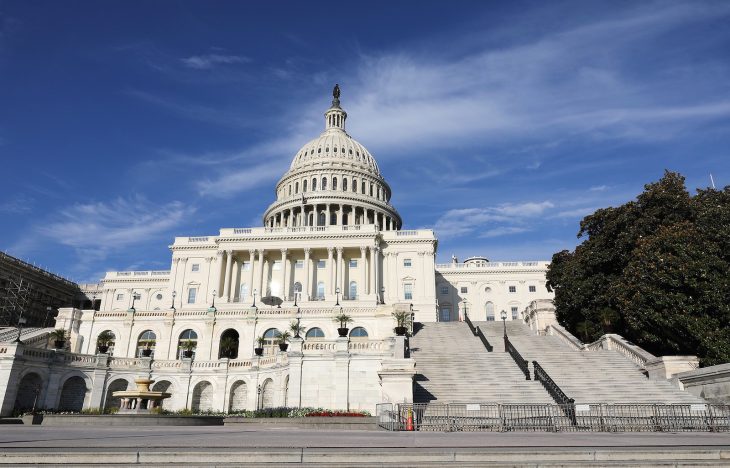The U.S. Department of Commerce (DOC) launched its new Aluminum Import Monitoring and Analysis (AIM) system, which will enable the DOC to collect and publish data on aluminum imports. This will serve as an early warning mechanism to help spot trends and shifts in trade flows that might warrant industry or government action.
“The new program will enable Commerce and the public to better detect potential transshipment and circumvention involving aluminum products – helping to ensure that domestic producers can compete on a level playing field,” stated Wilbur Ross, secretary of Commerce.
The new program has been a long-standing policy priority of the U.S. aluminum industry and the Aluminum Association. “This is great news for U.S. aluminum companies and workers,” said Tom Dobbins, president and CEO of the Aluminum Association. “The AIM program will help us to more quickly and fully understand trends in the aluminum market and, as appropriate, push back on countries that fail to follow the rules and laws that govern global trade.”
Under AIM, importers will be required to obtain a free, automatic import license before they import aluminum products. The system will cover aluminum products under HTS codes 7601, 7604, 7605, 7606, 7607, 7608, 7609, 7616.99.51.60, and 7616.99.51.70 – matching the original scope of the Section 232 aluminum tariff program.
To obtain the import license, companies must report the volume, value, country of origin, country of most recent cast, and certain other information, as detailed in a Federal Register notice. The licensing requirement becomes effective on January 25, 2021.
In addition, following a one-year grace period, the DOC will require importers to report the country where imported aluminum products were smelted.
Information gathered from these licenses will be aggregated and posted on the import monitoring section of the AIM system website. The new program was outlined in a Final Rule issued by the Commerce Department on December 23.
“We appreciate the hard work of the Commerce Department and our congressional supporters for helping us make this program a reality,” added Dobbins. “Now comes the hard work of making sure that the program is effective — ensuring that the data is accurate, timely, and actionable. The Aluminum Association and our members look forward to working with the department to ensure that the program bolsters critical aluminum trade enforcement efforts which will help keep U.S. aluminum companies competitive.”
Monitoring across the North American region will also be critical. In 2019, Canada announced an expansion of its import monitoring system to include aluminum and aluminum products. Mexico made a similar commitment to “prevent the importation of aluminum and steel that is unfairly subsidized and/or sold at dumped prices” and “establish an agreed-upon process for monitoring aluminum and steel trade between them,” but has not yet acted to formally monitor aluminum imports into Mexico, a step the Aluminum Association has encouraged.
As demonstrated by recent antidumping and countervailing duty investigations and preliminary decisions, the industry is particularly concerned about the surge of unfairly-traded flat-rolled aluminum imports in North America that are distorting the market. Imports of aluminum sheet and plate from China into Mexico have increased by nearly 150% in the past year and more than 1,700% since 2014.

